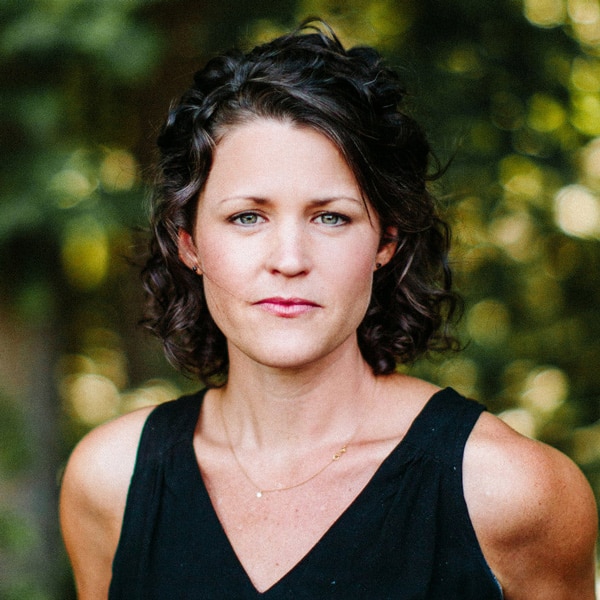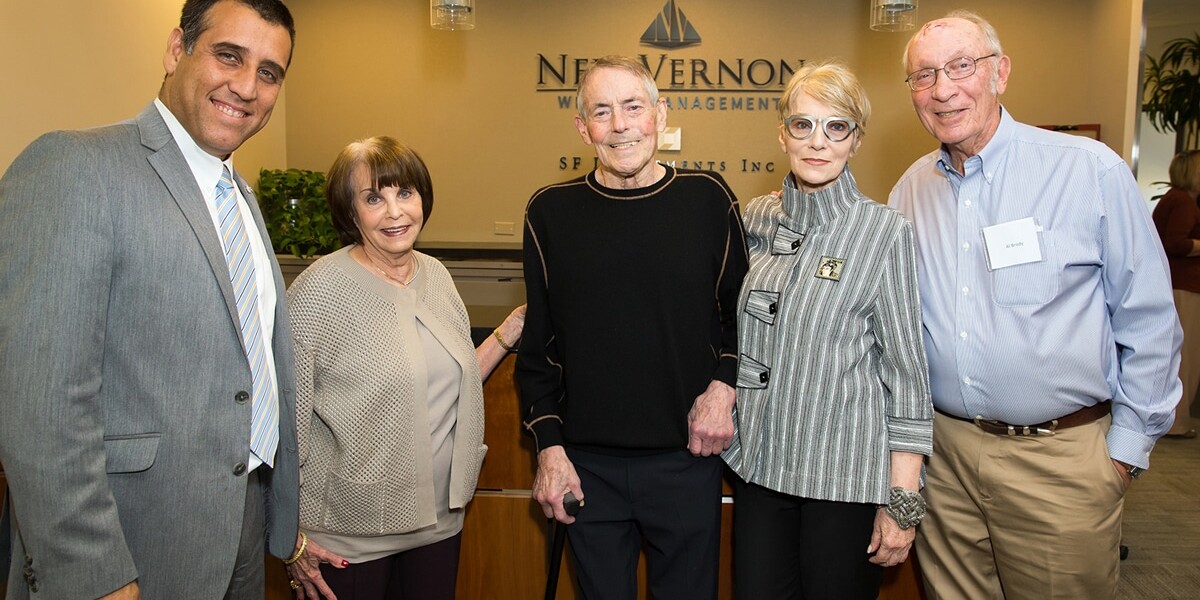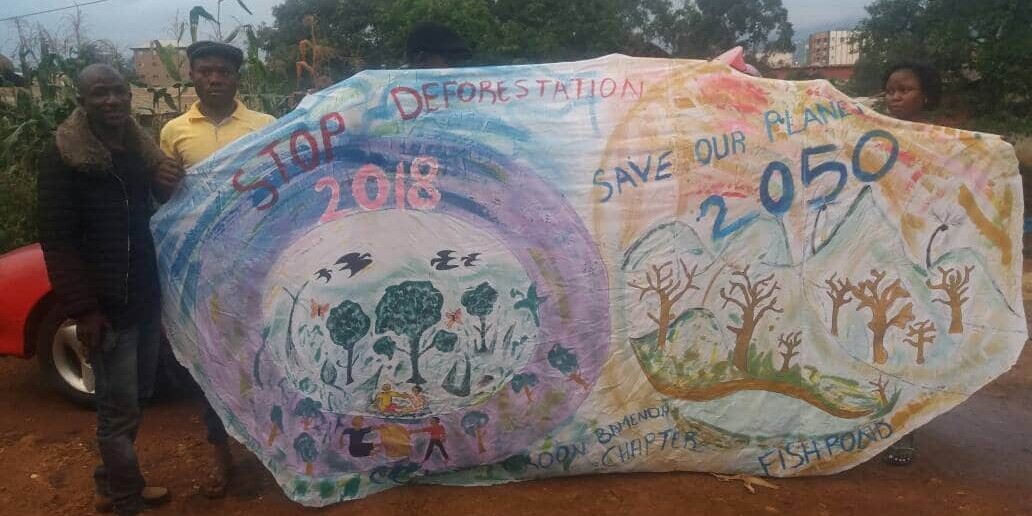Confession: I am an architect.
Architects are skilled at approaching issues from different angles. We have the ability to research a problem and the tools to design a solution that meets a specific problem. In this way, architecture has an amazing potential to contribute to society.
Yet too often the daily realities of the profession result in days full of long meetings picking apart trivial details and reducing the conceptual aspirations of design to shallow one-liners. Architects are often only invited to the project after investors, developers, and other stakeholders outside of the community have established project outcomes based on profit models and resale potential. These realities leave me feeling that as a profession, we are somehow missing the point.
Outside the profession, the term “architect” denotes the idea of a mastermind, a strategic inventor who thinks in big, broad strokes and establishes an impactful plan or course of action. However, inside the profession, the architect’s scope is most often relegated only to the building and the immediate needs of the physical components in the space. We allow ourselves to reduce our impact by only considering design at a building scale. We too often ignore our responsibility to define the built environment at an urban scale, as part of the larger context that imagines the future of how society might convene, collaborate, protest, and thrive.
As an architecture student, I was trained how to generate an idea, how to iterate options for that idea, and how to present and adapt that idea based on feedback. While these tools can be applied to the physical realm of architecture, they are similar to the tools used by community leaders and grassroots activists working at an urban scale. Architects are trained in the skills needed to approach society’s most adaptive challenges.
I recently left an innovative architectural office known for its integration of design with social needs because I had grown frustrated with the limited voice we architects allowed ourselves in the larger discussions around hard topics most affecting our cities and towns. After joining the Goldin Institute, I came to realize the tools the Institute works to instill in grassroots leaders and encourage policy makers to adopt are the very tools that, as architects, we are trained to wield. Focusing only on beauty and form is an irresponsible application of our skills. The role of the architect demands that we understand the legacy of a place, of a people, and translate it into the built environment that holds the next chapter.
It’s time to rebel against the building-scale-only convention of architecture and recapture the holistic legacy of the title. It’s time to train up Rebel Architects who can imagine a more desirable future as a vanguard of new social solutions!
Last year, I partnered with Erin Sterling Lewis, 2017 president of the North Carolina Chapter of the American Institute for Architects (AIA) and co-founder of the Raleigh-based architecture firm in situ studio, to create an initiative that seeks to create conversations centered around a community-driven process leading to responsive design and responsible development that would authentically consider place, context, and social change.
In May 2018, we issued a call to the Raleigh community and its designers to spend three days discussing how social issues and cultural legacy shape city growth. The response was overwhelming. Based on the community’s engagement and interest in the questions posed in the workshop, North Carolina State University contacted us and asked us to facilitate a semester-long architectural class that would ask students to tackle the same issues over an extended period of time and in a more robust way, giving them the chance to expand upon the work that was started by local professionals. This studio is ongoing and we are currently planning for Part 2 of the professional and community workshop to be held in fall 2019.
Our project looks at an 81.2-acre site located southwest of downtown Raleigh, a flourishing city of roughly 500,000 people that is projected to grow another 50% by 2030. The site is currently inhabited by the Governor Morehead School for the Blind and North Carolina’s maximum-security Central Prison. While this site once was located outside the city proper, seemingly a perfect setting to deposit all the city’s “undesirables,” the city has grown so much that it is now centrally located, though still shrouded in isolation and stigma.
The project explores the hypothetical closure of Central Prison and the hypothetical reabsorption and renovation of the Governor Morehead School buildings while incorporating this institution’s fantastic work more inclusively into the city. The participants are looking at the legacy of both institutions, what they have offered the city since their establishment, and rethinking ways that their civic impact can benefit the present and expanding urban population.
These conversations with the students and professionals are redefining the current role of the architect as one of optimist, innovator, researcher, community partner and activist. We are approaching urban growth holistically by interviewing teachers and students from the Morehead School and learning from local re-entry organizations. Most importantly, these initiatives are guiding designers to see that built solutions will only succeed at a societal scale if those most affected have leading voices in our design solutions.
This project incorporates the mission of the Morehead School and addresses the disruptive cycles of incarceration and recidivism, but more than that, it has the chance to revitalize a central portion of Raleigh and provide an example of socially responsible city growth to other cities beyond the region. Our group of Rebel Architects has jumped into the exploration with both feet. We are taking seriously our roles as researchers and archivists and adding the rebel’s charge to listen, interpret and improve. The enthusiasm and level of participation, together with the strength in design solutions proposed thus far, is proof that the profession is capable of, and urgently desires, more.
The hope is for this newfound role to take root beyond the confines of this initiative, to seep deep into the ethos of design. Community-driven projects conceived through an authentic process that are facilitated and implemented by Rebel Architects: Now that is a soaring aspiration worthy of the profession.
Author
-
As Senior Director of Design, Oz Ozburn brings her planning and design skills to support all aspects of the work of the Goldin Institute. As an architect, Oz is experienced in deep listening and research to uncover opportunities to solve tough challenges through thoughtful design and skillful implementation.
View all posts









